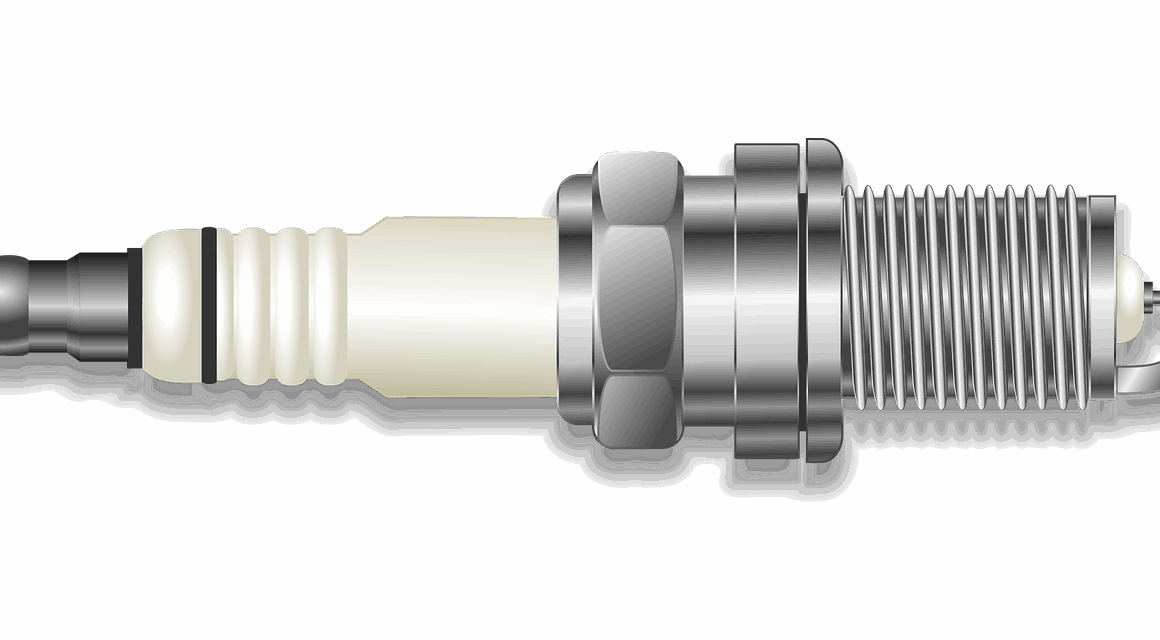Best Practices for Storing Motors Between OCR Events
Obstacle Course Racing (OCR) is an exhilarating and demanding sport that relies significantly on the performance of motors and energy gels. The maintenance and proper storage of motors between OCR events are crucial for ensuring optimal functionality and longevity. Firstly, it is essential to clean the motors thoroughly with a soft cloth, ensuring that no dirt or debris from the last race remains. After cleaning, storing motors in a dry and cool environment is important for preventing corrosion. Humidity and moisture can significantly affect the performance, leading to rust and deterioration. Additionally, it’s advisable to remove any batteries from the motors before storage, as they can leak and cause damage. Utilize motor covers or cases to shield them from dust and accidental impacts during storage. It is also beneficial to periodically check on the motors, even when not in use, to verify their condition. If any issues or damages are found, addressing them promptly will ensure that motors remain in peak condition. Following these best practices will help OCR enthusiasts maximize the lifespan and reliability of their motors.
Understanding the Importance of Energy Gels
Energy gels play a pivotal role in an athlete’s performance during OCR events. They provide the necessary fuel to maintain energy levels throughout challenging courses. To store energy gels effectively, it is crucial to keep them in a cool, dry place away from direct sunlight. Sunlight can lead to degradation of the ingredients, affecting both taste and effectiveness. Additionally, ensure that the lids are tightly closed to avoid any spillage or contamination, which can compromise their quality. Check the expiration dates regularly, as consuming expired gels can lead to gastrointestinal issues and decreased performance during races. When planning for upcoming events, consider the specific gels that best meet your nutritional needs, as this will enhance endurance and concentration levels. It’s also wise to practice with energy gels during training sessions to assess the body’s response and preference, as each athlete’s requirements may vary. Consider experimenting with various flavors and brands to discover which one suits you the best. Keeping track of what works well will help make informed choices ahead of race day.
The organization of gear and supplies is paramount when setting up for each OCR event. Having a dedicated storage space for all motors and energy gels is vital for efficiency. Create a checklist that includes all equipment and nutritional items needed for upcoming races, ensuring nothing is forgotten. Packing should be strategic—group similar items together for easy access. For instance, designated sections for motors, chargers, energy gels, and personal gear can reduce the time spent looking for individual items. Remember to securely pack items to prevent damage, especially for delicate motors. Utilizing padded cases can offer additional protection and organization. It is also beneficial to have a backup supply of energy gels, especially when attending high-stakes races. Additionally, consider weather conditions while storing gear; for instance, during heat waves, certain gels may require additional cooling measures. Ultimately, a well-organized setup greatly contributes to consistent performance on race day. Having a system in place not only enhances readiness but can also significantly reduce stress leading up to an event, allowing participants to focus more on strategy than logistics.
Transporting motors and energy gels to and from OCR events requires careful consideration to maintain their integrity and performance. Utilize wooden or high-strength plastic storage bins that provide ample cushioning and protection from jostling during travel. Avoid using flimsy containers that may not offer adequate support. Also, when transporting energy gels, keep them upright to prevent leaks, and consider temperature fluctuations during transit. It is wise to plan your transport routes in advance and to check traffic and weather conditions to avoid delays that could impact gel effectiveness. For longer travels, sample gels can sometimes be stored in cooler bags with ice packs, maintaining the ideal temperature range. This preservation of quality is paramount, especially in high-performance scenarios. Furthermore, ensure all motors are marked clearly to avoid confusion and potential misplacement, which can lead to last-minute scrambling before a race. After arriving at the venue, unpack immediately and store items in optimal conditions. For events extending over multiple days, routine check-ins on equipment are essential to ensuring no issues have arisen during transport.
Regular Maintenance for Best Performance
Performance sustainability in OCR motors is heavily reliant on regular maintenance checks. Part of this includes conducting inspections for wear and tear, as motors are subjected to harsh terrains and conditions. Keep a maintenance log to track work done on each motor, including routine cleanings and part replacements. After intense use, it is advisable to lubricate mechanical components to prevent friction damage and optimize performance. Use quality lubricants that are compatible with motor parts to avoid any negative chemical interactions. Additionally, replacing worn-out parts after a significant number of events is essential for ensuring motors operate at peak efficiency. If the performance diminishes or any unusual noise occurs during operation, investigate immediately to prevent further damage. Always refer to the manufacturer’s recommendations for maintenance timelines and required actions, as each motor design may have unique needs. This proactive stance on upkeep can save time and resources in the long run. Regular maintenance ensures motors will perform reliably when it matters most, contributing to overall race success.
Understanding how to manage your inventory of energy gels is also crucial. Have a clear system in place for tracking which gels are highly effective versus those that may not work as well for you. Consider utilizing an app or a simple spreadsheet allowing updates on consumption and inventory levels. This method can help you avoid running low right before an important event. Rotate older stock to the front to promote usage and avoid expiration. Moreover, maintaining a detailed record can help identify any patterns indicating which types of gels provide the biggest boost in energy levels for different terrains and distances. Discussing strategies with fellow racers can yield new insights into alternative options or lesser-known products that may benefit your racing performance. Always stock up on several flavors for variety, as experimenting with energy gels can help identify the best choices for your body. Paying attention to these details can create a significant positive impact during races, allowing participants to consistently achieve their personal best.
Finally, optimal storage and transportation of motors and energy gels culminate in a race-day checklist that encompasses all essential elements. This checklist should not only include your motors and gels but also gear, clothing, tools, and any other items you require for the race day. Preparing a few days in advance can significantly reduce last-minute stress and ensure no items are overlooked. Lay everything out to visually confirm that the necessary equipment is ready to go. Encourage teammates to do the same so that all racers can support one another. Keeping a sound communication line with fellow competitors or team members about gear sharing or lending can also foster camaraderie, helping to ensure everyone arrives prepared for race day. After a race, review the effectiveness of your storage plans, maintenance, and items consumed during the event to inform better practices for future competitions. Learning from previous experiences will further enhance performance in subsequent OCR races, leading to a cycle of improvement and enjoyment in the sport.
Lastly, while motors and energy gels are critical components of your OCR preparations, developing a solid mindset is just as important. Cultivating a positive attitude towards the challenges faced during both training and racing can lead to improved performance. On race day, embrace the excitement rather than focusing purely on outcomes. Visualize your course, plan your energy intake, and remain flexible should obstacles arise. Take a moment to breathe and mentally prepare yourself for the unpredictable physical demands ahead. Additionally, build a support network with fellow OCR enthusiasts to share experiences, motivate each other, and build camaraderie. This communal aspect of OCR is often overlooked, yet it plays a significant role in fostering resilience and consistent engagement within the sport. Commit to continuous learning—every race is an opportunity for growth, whether through successes or lessons learned from unexpected outcomes. By focusing on the overall experience and the preparation involved, you’ll enhance not only your performance but also your enjoyment of obstacle course racing as a whole.


